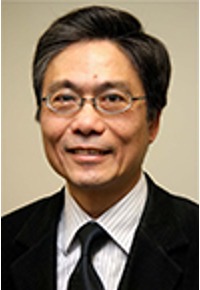Green Method for Producing a Mixture
of Multiple Nano-carbon Polymorphs from Coal
Woon-Ming
Lau
1Advanced Innovation Center of Materials Genome
Engineering; Center for Green Innovation, School of Mathematics and Physics,
University of Science and Technology Beijing, Beijing 100083, China
ABSTRACT: The
research relates to a green method for producing and exploiting multiple
nano-carbon polymorphs from coal commonly known as anthracite, meta-anthracite,
and semi-graphite. The method disrupts the prevalent environmentally unfriendly
practices of burning coal with poor profitability and sustainability because
the method yields an unexpectedly rich mixture of high-performance
nano-materials, comprising carbon nano-fibers, carbon nano-tubes, carbon
nano-onions, nano-graphite-plates, and nano-graphene-disks, by simply
mechanically-comminuting coal to nano-size, with minimal sorting efforts. The
resulting total-yield of nano-carbon polymorphs is over 50% by weight from properly
selected coal. Innovative means are added to the prevalent comminution and
sorting practices to further reduce energy and chemical consumption. More
importantly, the method also refines the comminution and sorting details for
producing the best custom-made formulations. This holistic engineering approach
eliminates unnecessary separation and sorting steps because a custom-made
formulation typically requires blending the sorted components. Formulations
with mixed nano-carbon polymorphs are engineered as new and high-valued-added
composite ingredients to critically raise the performance of cement-based,
polymer-based, and metal-based composites.

Figure
1.
Nano-carbon polymorphs from coal
Keywords:nano-carbon;
coal; green method

Woon-Ming Lau, Member of Canadian Academy of Engineering, Professor of University of Science & Technology Beijing. Mastering the synergy among frontier research, professional engineering and business management, Professor Lau has translated the results in his 400+ scientific publications and 100+ inventions into 40+ technology transfers and several start-ups. Through his capacity as Faculty Dean, in six Center Directorships, as a Journal Associate-Editor, and in several Corporation-Board- Directorships, he has inspired thousands of young engineers to excel themselves in learning, innovation and incubation.